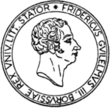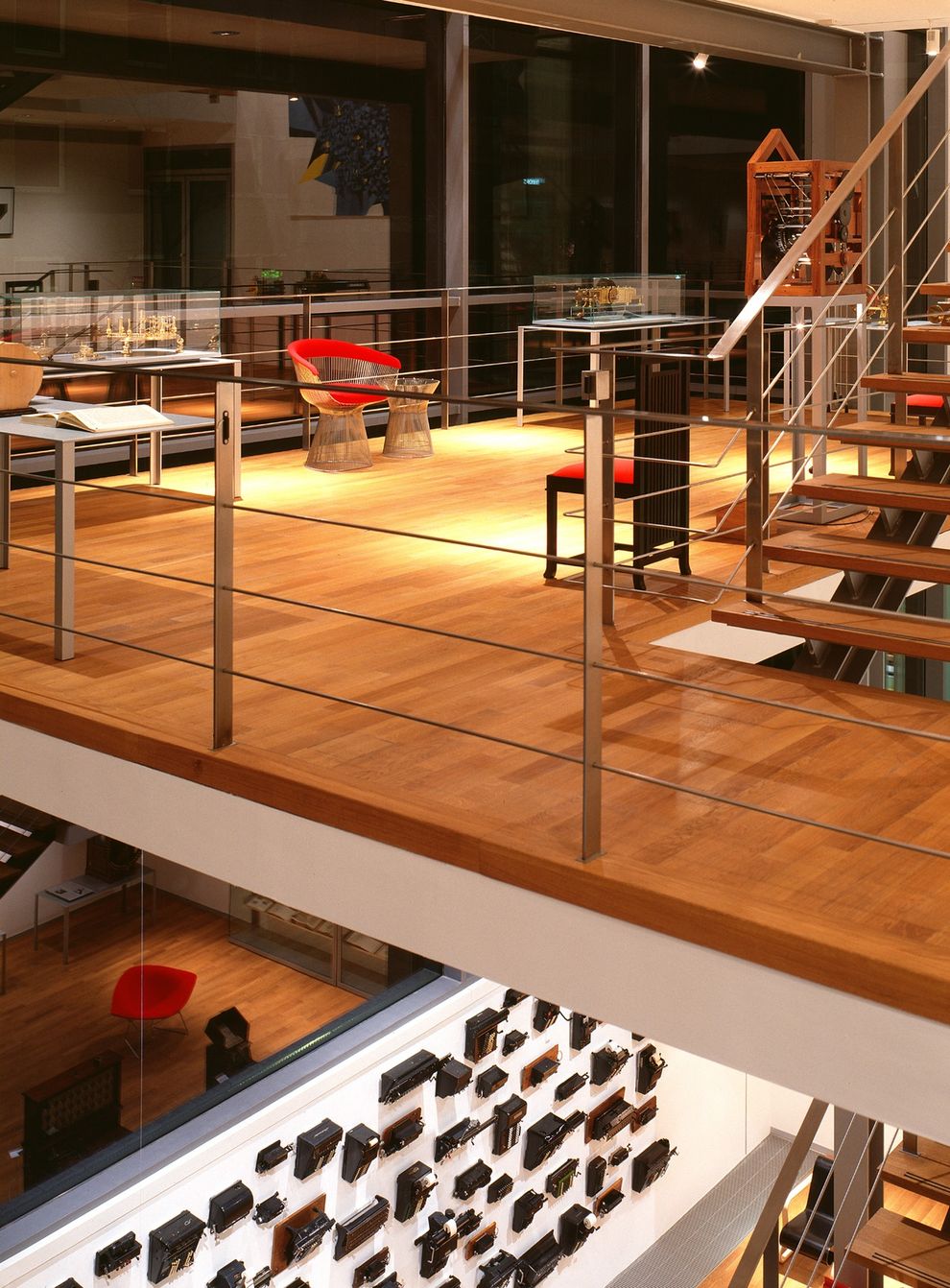The Permanent Exhibition
The permanent exhibition of the Arithmeum presents the chronological development of mechanical calculating. It begins on the third floor with early calculating aids such as the first stone counters called calculi, the first inscribed tablets from Mesopotamia with representations of amounts, early forms of the abacus, counting coins from the Middle Ages and a counting table. On the second floor one sees Napier’s rods for multiplying numbers and can try one’s hand with Wilhelm Schickard’s machine, the oldest mechanical calculating machine of all. One can also see the calculating gadgets of Morland and Grillet. The first four-species calculating machine, which means that it is able to perform all four basic operations of arithmetic, was built by Gottfried Wilhelm Leibniz. This machine can be viewed on the first floor, as well as models demonstrating the basic mechanisms of the representation of numbers and the machines of Poleni and Braun. The last of the mechanical calculating machines that were built only once are those of Stanhope, Hahn, Müller, Schuster and Auch and are exhibited on the ground floor. From here one enters the age of industrial series production.
This transition is also noticeable in the form of presentation which is now open and not behind glass. Some of the machines carry a small blue sign showing a hand on a crank. These can be tried out by the viewer who can consult an accompanying instruction leaflet. Thus viewers are able to learn a great deal about the way that these machines function and even do complicated calculations themselves.
In the basement the viewer meets the first primitive computers in the form Babbage’s and Hollerith’s machines. It also houses a bookcase with changing exhibits of rare and fascinating books from the Arithmeum library collection. In addition, the beginnings of cryptography and the possibilities of computer-assisted decoding are elucidated with the famous Enigma machine.
The final step to “calculating today” is on the first floor one more. This brings the visitor to the present day and to the current scientific interests of the Research Institute for Discrete Mathematics. There are exhibits dealing with the design and production of microprocessors and the viewer can find answers to some of the mathematical questions of the design of microprocessors prior to their manufacture.







